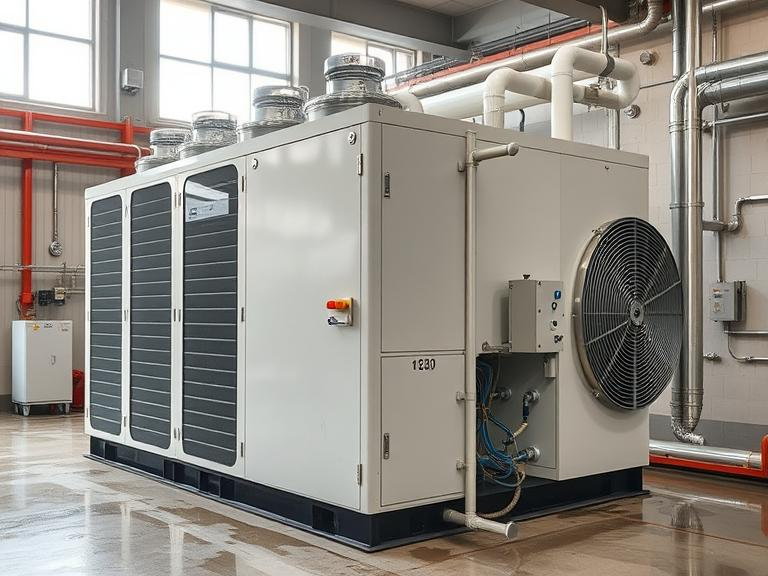
Understanding the Mechanics of Hot Water Absorption Chillers for Energy-Efficient Cooling
Introduction: A Shift Toward Waste Heat Utilization
The demand for low-energy cooling solutions is pushing industries toward Hot Water Absorption Chillers (HWACs). These systems convert waste hot water into a cooling effect, making them highly energy-efficient. Unlike conventional chillers that require substantial electrical power, HWACs are powered by heat-driven chemical reactions, reducing operational costs and environmental impact.
The Absorption Cooling Process Explained:
HWACs follow a four-step thermodynamic cycle-
• Evaporation: Water absorbs heat and evaporates, providing cooling.
• Absorption: Lithium bromide captures the water vapor, maintaining system efficiency.
• Regeneration: Hot water heats lithium bromide, releasing absorbed refrigerant vapor.
• Condensation: The refrigerant vapor cools and condenses, completing the cycle.
Since HWACs require minimal electricity, they are ideal for industries where waste heat recovery is a priority.
Industries Benefiting from HWACs:
Industries such as power plants, refineries, manufacturing facilities, and commercial buildings are widely adopting Hot Water Absorption Chillers due to their energy-saving and eco-friendly benefits. Many large-scale industrial plants integrate HWACs with cogeneration systems, maximizing efficiency.
Conclusion: The Future of Industrial Cooling
Hot Water Absorption Chillers offer a practical and sustainable approach to industrial cooling, eliminating the need for high electricity consumption. As industries continue to focus on energy recovery and carbon reduction, HWACs will become a key player in modern HVAC solutions, ensuring both cost savings and environmental responsibility.
Contact Us now to join the revolution!
